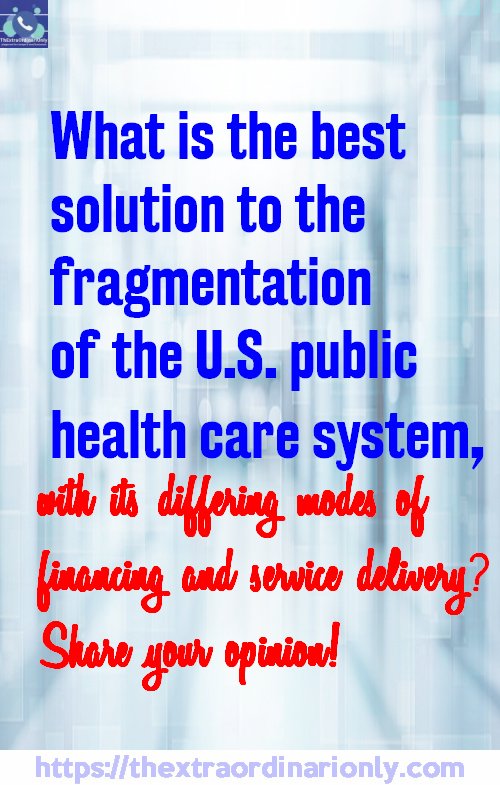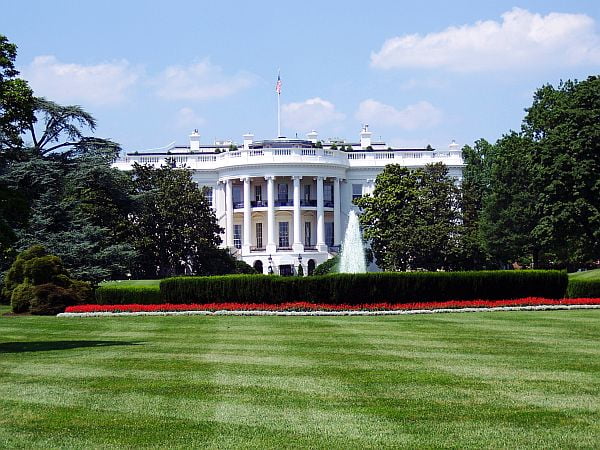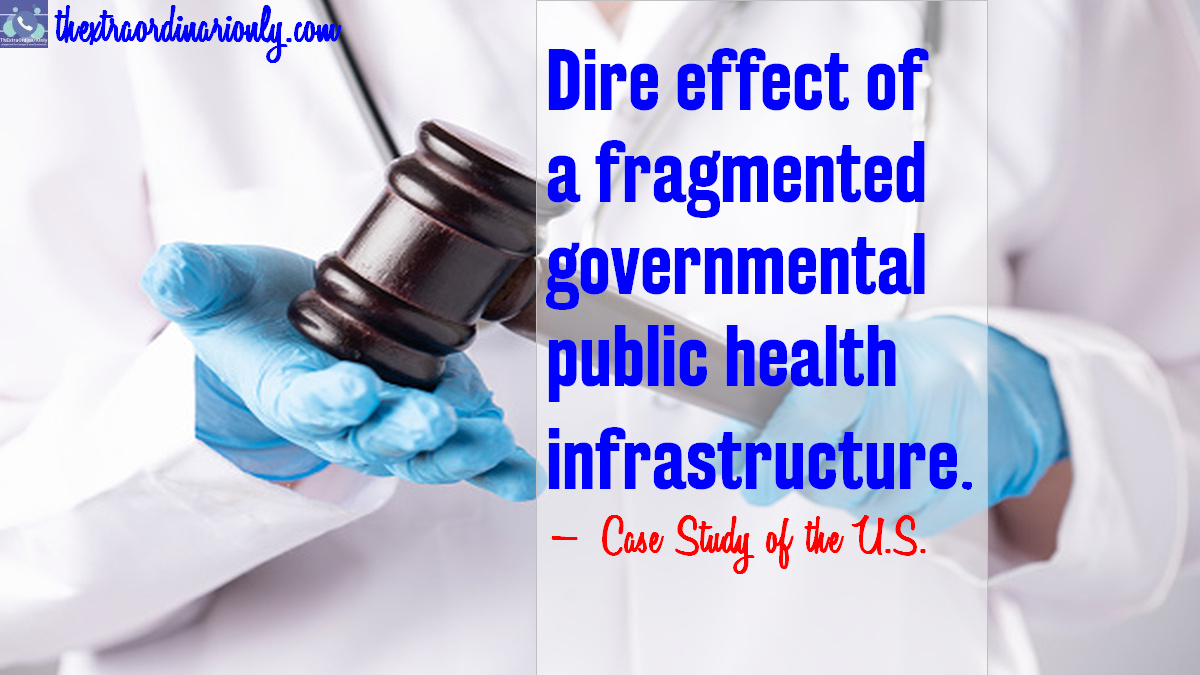Essential services of public health 21st century – Government policies and blueprint

The United States history explains why the nation lacks a comprehensive national public health policy. The way governmental roles and responsibilities at the federal, state, and local levels have evolved over U.S. history resulted in a fragmented governmental public health infrastructure.
The health-sector investment, governmental public health agency structure and function, and incentives for the private sector don’t align. Do they work more effectively as part of a broader public health system? You tell me.
Are the 3 arms of the United States’ Government, their blueprints, plans, and policies effective in achieving public healthcare of the 21st Century? We can answer this question – partly.
Critical shortcomings of population health vs public health
Covid_19 revealed the cracks in the public health infrastructure at the federal, state, and local levels. Was the public health workforce ready to handle the pandemic? Where information systems and public health laboratories adequate? What organizational impediments led to ineffective management of public health activities?
Public health service should be as fully organized and as universally incorporated into our governmental system as is public education. The returns are a thousand fold in economic benefits, and infinitely more in reduction of suffering and promotion of human happiness.
– Herbert Hoover
Approach of federal and state governments in public health care – 21st-century population’s health blueprint

Governmental public health agencies should meet their obligations within the public health system to protect and improve healthcare.
Federal policies emphasize the financing of personal healthcare services and biomedical research. The resultant effect is the creation of a sophisticated personal healthcare system and the world’s strongest biomedical research enterprise in the United States.
A blueprint that promotes the creation of conditions that lead to healthier lives for all Americans, eliminates health disparities or discrimination and protects communities from hazardous health whilst helping them address their own health is the 21st Century approach.
Public health care system: Type of structure between levels of Government
The national or federal and state governments have a structure defined by the Constitution (Carter & Slack, 2010).
The structure in question is where three arms (legislature, judiciary, and the executive) work together to achieve a healthy public for either the state or the federal government.
Case Study: This is the Intriguing Book Review of Improve Your Health with Simple Data Analysis by Igor Stukanov

Policy makers and the public health system
The legislature formulates laws and policies within the structure and guidelines of the constitution. Policy makers provide political and financial support for strong and effective governmental public health agencies. Inconsistency means that rules become inoperative.
Public health law
The judiciary, on the other hand, provides elaborate interpretation of the the populations’ laws and policies. It shapes the federal health policy.
“The greatest public health threat for many American women is the men they live with.”
Examples

Public health law interprets public health statutes and determines whether agencies are acting within the scope of their legislative authority. The courts can also decide whether public health statutes and regulations are constitutionally permissible. The Supreme Court has made many decisions of fundamental importance to the public’s health.
The court
- Upheld the government’s power to protect the public’s health (i.e., requiring vaccinations)
- Set conditions on the receipt of public funds (set a minimum drinking age), and
- Affirmed a woman’s right to reproductive privacy (e.g., a right to contraception and abortion).
Gostin (2000) notes that although the courts generally have been permissive on matters of public health, stricter scrutiny has come when there is any appearance of discrimination against a suspect class or invasion of a fundamental right, such as bodily integrity..
The Executive enforces the expressions of policy and interprets it.
All these functions are made distinct in the spirit of the doctrine of separation of powers. This system gets replicated across all levels of government.

How does the Federal Government ensure public health?
As reported by Boufford et. al., this is how the federal government acts in relation to population health:
- policy making,
- financing,
- public health protection,
- collecting and disseminating information about U.S. health and health care delivery systems,
- capacity building for population health, and
- direct management of services
“Medical errors—third leading cause of death in the U.S.—signifies a moral, professional, and public health dilemma.”
― Kat Lahr
Functions of Government as public health advocates

Different levels of government work together on cooperation and coordination of some of the affairs that exist at both levels of government; the levels in question here are the state and the federal government. The local governments in any area subscribe to the state government because they exist because of state approval.
What the different states dictate, carries the day. Each jurisdiction level has a particular responsibility to create a situation where there is health for the people in the best possible way.
How to ensure public health promotes and protects the health of people and their communities
The national or federal government plays the responsibility of formulating a general policy for states to apply in their health plans because public health is largely a state and local government function (Center for Disease Control, 2013). One example is where the government formulated a policy on the Affordable Care Act (ACA) through which states ratified the ACA in their respective jurisdictions to allow for proper health care.

States at times receive federal funding for bailouts after approval by Congress in cases where there is an extreme need. Another is the American Society of Health-System Pharmacists (ASHSP), (2015) that advises clinical specialists and scientists, in addition to approving clinical pharmacogenomics and emerging sciences.
“Lack of accountability weakens the environmental and health rights of citizens; it damages peace- building and reconciliation initiatives; impedes the implementation of global health policies; leads to the loss of ecosystems and biodiversity; and weakens democracy, justice, human rights, and international security.”
― Widad Akrawi
Blueprint of the Government for Public Health

The national government provides a blueprint for the states to follow; the blueprint is how the arms of government work together to ensure public health works well. The legislature formulates policies and laws that the judiciary interprets and settles lawsuits on. The executive has the mandate to enforce such laws to the latter as dictated by the separation of powers doctrine that exists between the three levels of government.
The states replicate this set up within their jurisdictions.
The state and local governments monitor the extent to which the burden of injury and disease in the population has gone using a particular surveillance system (Center for Disease Control, 2013). The two levels go a step further by identifying the individuals and groups of people with public health conditions through testing, notification of partners, and reporting.
Government Levels

The Constitution provides the guidelines to be followed by all levels of government for success in planning health care for all citizens. A precise definition that defines the existing boundaries guides the interaction and cooperation of the different ranks. The federal government has a formula that sets aside some duties that are in need of joint efforts by the states (Bardes, Shelley, & Schmidt, 2014).
“Happiness is the meaning and the purpose of life, the whole aim and end of human existence.” – Aristotle, ancient Greek philosopher #publichealth #thextraordinarionly #partnershipforthegoals #healthiswealth #healthforall #SDGs Click To Tweet

Those that have no requirement for any joint effort are left to the states to take over. The Constitution of the United States is the supreme law of the land; it functions by setting in motion the laws that govern the operations that are carried out in the states. Consistency between the laws formulated by the state and those by the Constitution is critical.
The federal and state governments share power equally.
However, the United States Constitution defines the activities in several states. The local governments operate within the confines of the state’s approval. The power of a local government usually comes from what has been dictated by the state.
The success or failure of any government in the final analysis must be measured by the well-being of its citizens. Nothing can be more important to a state than its public health; the state’s paramount concern should be the health of its people.
– Franklin Delano Roosevelt
Federal state and local governments have the duty to cooperate with one another to ensure that public health becomes successful. They should come up with policies to subsidize the way they provide health care to the people within the states. The federal government is dependent on individual states for funding while each state depends on the federal government to carry out the functions that they have been delegated.
What you can do
What are your thoughts? We are waiting to hear from you!
Subscribe to ThExtraordinariOnly mailing list and receive the secret key to cleaning up your online footprint – FREE!
References
- Carter, J., & Slack, M. (2010).;Pharmacy in public health: basics and beyond. ASHP.
- Schmidt, S. W., Shelley, M. C., Bardes, B. A., & Ford, L. E. (2013). American Government and Politics Today, 2013-2014 Edition. Nelson Education. Today: Essentials 2013–2014 Edition. Boston, MA: Cengage Learning.
- Center for Disease Control (2017) “https://www.cdc.gov/stltpublichealth/docs/usph101.pdf” CDC Newsroom.
- American Society of Health-System Pharmacists. (2015). ASHP statement on the pharmacist’s role in clinical pharmacogenomics. American Journal of Health-System Pharmacy, 72(7), 579-581.
- Center for Disease Control. (2013). The United States Public Health. Retrieved July 25, 2017, CDC Newsroom.
You’ll be intrigued
- 77 Free Uplifting Inspirational Quotes of the Day About Life for Motivation During the Coronavirus Shutdown
- Why is it complicated and problematic to draw a legal line in legalizing or banning controlled substances? Federal controlled substances act summary (1971)
- Link party 317 to scale your online business [like established blog writers supporting newbies without judging]
- What’s exciting with link party 316 this week?
- 5 perplexing pertinent patriarchy and domestic violence facts and worrying warning massive extent of patriarchy on domestic abuse -problem with enormous individual and societal consequences [Link party 319]





